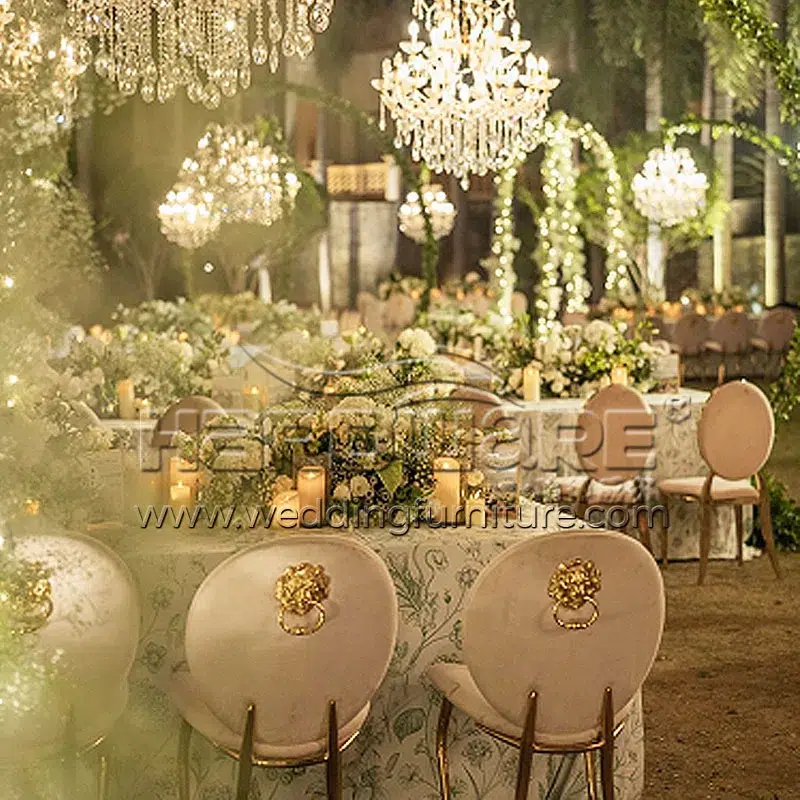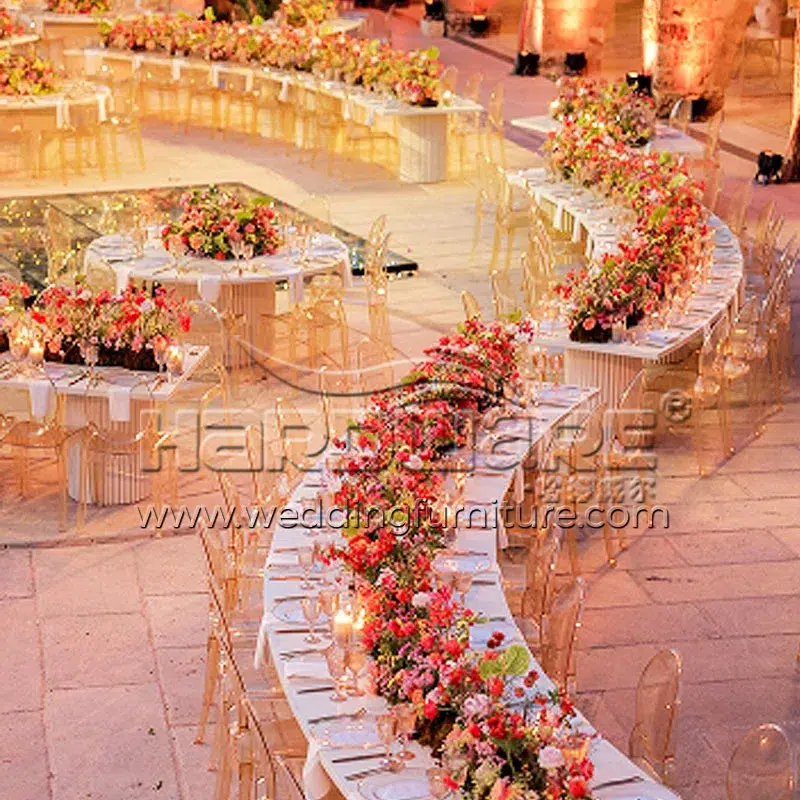Faux Leather Upholstery
Faux leather (or artificial leather) is the synthetic version of real leather. A good faux leather looks extremely similar to the real thing and usually offers a number of advantages over leather, not least often being significantly cheaper.
Faux leather is supplied on a roll, in the same way as upholstery fabric. And so can be ordered by the linear meter, unlike real leather, which is supplied in the form of irregularly–shaped hides. Two particular benefits of this are that it is much easier to judge how much is needed and waste can be reduced significantly.
A further advantage of faux leather is that it does not easily stain. This is because contract-quality faux leather has a thin surface layer that is particularly resilient and can be wiped clean.
In addition, faux leather can be supplied that is antimicrobial, anti-fungal and/or waterproof.

What is faux leather actually made of?
Faux leather generally consists of two (or more) distinct layers; a thin synthetic top layer (or layers) stuck to a thicker backing layer.
The top layer is usually a strong polymer (plastic), often PU (polyurethane), PVC (polyvinyl chloride) or a combination of the two – PU is considered less harmful to the environment than PVC. But the latter is particularly hard-wearing, great for hospitality environments. This plastic layer is given the appearance of the surface of real leather by a process of embossing, printing, coloring, or similar.
The backing layer provides strength and is often of cotton or polyester or a mix of materials. Some materials are more flexible than others and it has been a trend over the years that faux leather has become more pliable.
How long does faux leather last?
Most faux leathers are extremely hard-wearing and can last almost indefinitely in the right environment. They will often have been tested for durability.
Because the surface layer is of textured plastic, faux leather does not age and gain character in the same way as real leather, although it can fade.
Damage to faux leather can be problematic. Particularly if the surface layer is breached, exposing the backing layer. Which can have a different appearance from the surface layer. We have seen the damage to faux leather caused. Either because customers have picked at it with their fingernails revealing the backing layer, or because it has worn through on vulnerable points. Including when faux leather has been used to create upholstery piping, where the tightness of the radius of the piping has stretched the top layer of the faux leather.
Faux leather is usually less resistant to heat than real leather – the top layer can melt in extreme circumstances.
Faux leather can be damaged by some cleaning harsher products that eat away or dissolve the surface layer
Upholstering with faux leather
Faux leathers tend to be much easier to work with than real leather, behaving consistently, like an upholstery fabric; This has the associated advantage that a factory will not charge extra for upholstery work, as they sometimes do for leather. Like fabrics, a thicker faux leather will be more difficult to manipulate around corners.
Extra protection
A protective coating can be added to some ranges of faux leathers, increasing its resistance to harsh cleaning products. This is likely to be subject to a substantial Minimum Order Quantity, as it would probably be applied to a whole roll of the material.
Related article: Different Dining Chair Materials Pros & Cons
Need to order wedding furniture? Welcome to contact!
Please follow our Instagram or Facebook to get more latest news.





